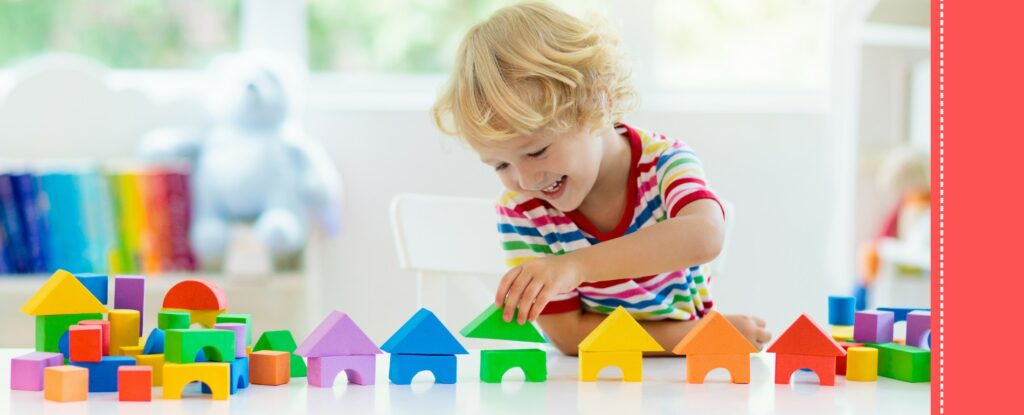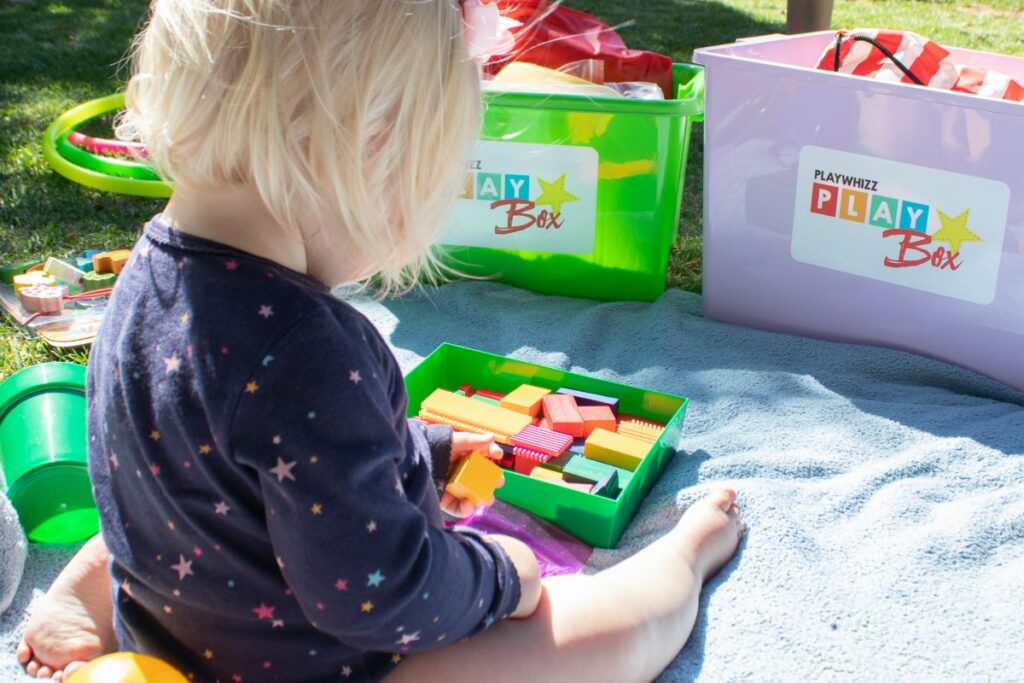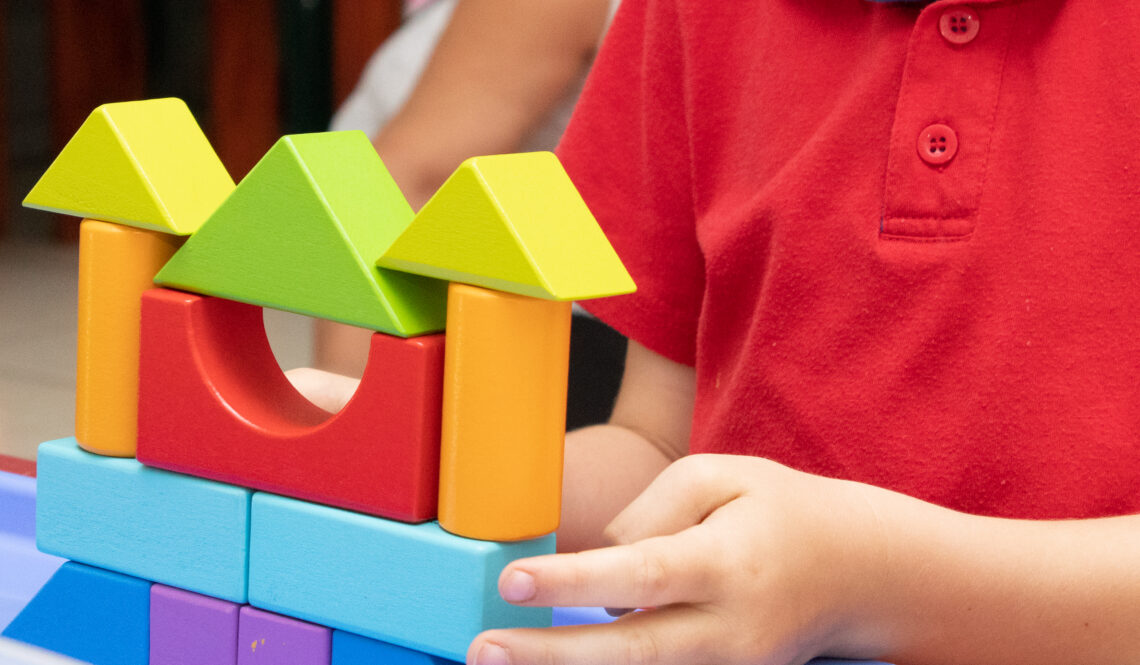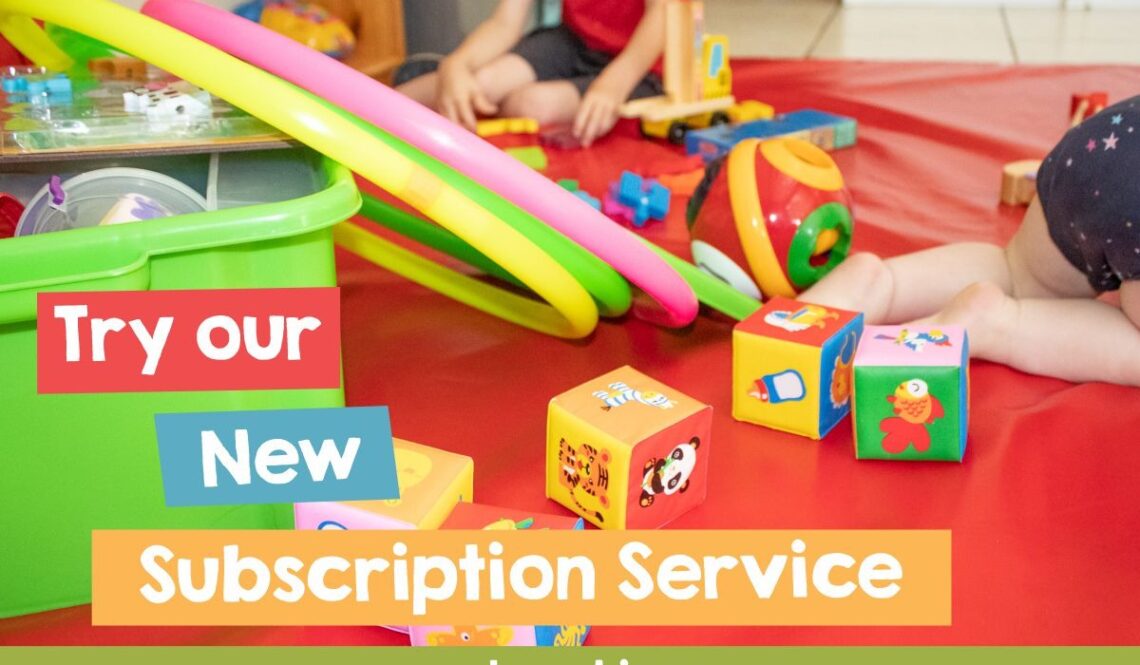How Shapes Shape Learning
Did you know that shapes are an important part of early maths skills, problem-solving and literacy development?
Every day, children make connections between what they already know and what they’re just discovering. And a big part of how they learn is through understanding and working with shapes because shapes are everywhere. They are in the things we build, the way we organize our world, and even in the natural world around us.
So it’s no surprise that being able to identify, create, and manipulate shapes is an important foundation for children’s learning. Here’s a closer look at why shapes are so important for young learners and some tips for incorporating them into your child’s playtime at home.

Early Maths Skills
Shapes are an important part of early maths skills development by helping children to understand the world around them and identify patterns.
Shapes also provide a foundation for other maths concepts such as geometry and measurement. According to kindergartenconnection.com, geometry helps with analyzing two and three-dimensional shapes (how they are alike and different, how they fit together), specifying location, symmetry and solving problems using visualization and spatial reasoning.
Before children can learn about addition and subtraction they need to be able to recognise and identify numbers. Having a solid understanding of shapes by the end of pre-school helps children with geometry in the next grade (classroom.synonym.com)
Problem-Solving
Shape sorting toys are very educational because they allow a preschool child to recognise the shape that fits in a particular space.
Understanding the characteristics of shapes then help problem-solving activities such as puzzles and block building. Children can learn how shapes fit together and how they can be used constructively such as square or rectangular blocks work best as the foundation of a structure work best and circular shapes do not. (classroom.synonym.com).

Literacy
Learning how shapes are formed is linked to understanding letters and symbols which is the precursor of writing and reading.
Learning basic shapes is the first step for children to categorise and identify visual information and understand how shapes like curves and straight lines fit together. (Leapfrog.com)
Because letters are made up of straight or angled lines and curves, a preschooler who is able to distinguish between shapes is better equipped to notice the differences in shapes of letters. (classroom.synonym.com/). Therefore, the link between shapes and letters are completely connected and it’s never too early to start introducing shapes for learning and development.

Let’s Get to the Fun!
Young children learn about shapes through exploration and play. There are many fun activities that you can do with your child to help them learn about shapes.
What games at home that your children play involve shapes? Here are some activities that are easy to do and your children will love.
1. Go on a shapes scavenger hunt!
We know children love looking for things and how rewarding it is to find them. See how many different shapes you can find around your house or neighbourhood.
2. Build shapes with lego or blocks
Make towers, bridges or whatever your child imagines. See how high you can build a tower before it crashes down
3. Shapes hopscotch
Draw shapes on the pavement in chalk and tell your little one to jump in the square or jump in the triangle. Get your child to draw the shapes themselves (with your help if needed of course.)
For more activity inspiration visit this link: https://www.weareteachers.com/learning-shapes/

At Playwhizz, many of our toy rentals are linked to shapes from construction to stacking to exploring how shapes move and fit together.
With winter approaching and more time spent indoors, new games are an engaging way for children to pass the time constructively.
The Benefits of Toy Libraries
- Regular access to new and different toys
- Saves money, space and the environment
- Inspires creativity
- Encourages quality time
A world of fun and learning awaits. Start playing with shapes today!

References
https://classroom.synonym.com/importance-shapes-early-childhood-education-6587413.html
https://thekindergartenconnection.com/secrets-developing-shape-knowledge/



